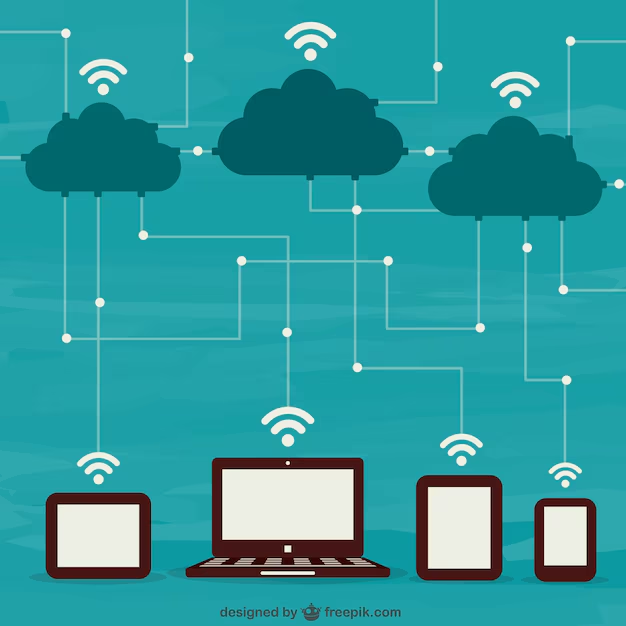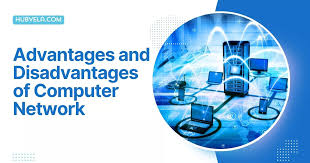Introduction:
Today, many things are said to be done through the internet. We do many things like exchanging information, services, etc. But for this exchange, we need a medium, which is called a “network” in English In this blog, we will learn about computer networks.

1. What is a computer network?
A network is a collection of interconnected devices that can share data, information, and resources with each other.

2. Computer Network History:
The first computer network in the world was ARPANET, which was started in 1969. Its full name is Advanced Research Projects Agency Network.
3. Features of Computer Network:
Resource Sharing:
Computer networks allow users to share resources like hardware, software, and data among multiple computers.
Communication Speed:
The speed at which data is transferred between two computers.
Backup:
If your computer’s data is deleted or lost due to any reason, then you can restore it with the help of a backup. Backup means saving a copy of the data on another computer or server.
Scalability:
In a network, scalability is an option that allows you to connect more computers to the network when needed.
Reliability:
If there is a hardware or software failure in a computer network, the data should not be lost. This is called reliability.
Software & Hardware Sharing:
In a normal computer, you have to install software and hardware on each computer separately. But in a network, if you install software and hardware on the main server, then your work will be done. It will be installed in all computers. That means it will be installed in the entire network with one click.
Security
Computer network security means that no one else can steal data from the network.
Network Devices:

* Hub
* Switch
* Bridge
* Gateway
* Modem
* Router
* Repeater, etc.
Network Types:
*
PAN (Personal Area Network):
This network is used for personal use at home. This network is used to connect devices like Bluetooth, USB, pen drives, speakers, etc., to your computer. Since this network is used for personal use only, it is called a Personal Area Network. 
* Range: 10m
* Use: Home (for personal use)
*
LAN (Local Area Network):
It is a network that connects computers in a local area, such as a school, office, etc.
* Range: 150 meters
* Use: Office (Building)
*
MAN (Metropolitan Area Network):
It is a network that connects LANs in a city. LANs of schools, offices, colleges, factories, etc., are connected to each other within a city.
* Range: 50 km
* Use: Within city
*
WAN (Wide Area Network):
A WAN network is a collection of LAN and MAN networks, i.e., we can connect as many LAN and MAN networks in it as we want and can expand the computer network, i.e., it is usually used to connect one country to another country or to connect the world.
* Range: 50 km
* Use: Within city
6. Computer Network Advantages & Disadvantages:

A. Advantages:
i) Open to everyone: It is open to all, and anyone can use it.
ii) File Sharing: You can share your file through a network.
iii) Security: Computer network providing security to you.
iv) Easy to add new devices: We can easily add new devices through the computer network
v) Backup and Storage: Due to the network, all the devices are connected to each other, so we can also take backup and storage.
B. Disadvantages:
* Network Device Required: To connect the network, you need to have devices, e.g., a hub, router, etc.
* Virus Attack: When you connect a network to each other, your network is connected to many devices. This can also be a risk of virus attack because if a main server gets a virus attack, the other connected devices are also at risk of being attacked.
* Required Handler: To handle the network, you need to hire a computer network handler who can manage and handle the network and charge you for it.
* High-speed internet: And to connect to the most important network, you need a high-speed internet connection, but it will cost.
* Server: Mainly you need a server that will connect all networks.
7.
Conclusion:
So this was information about what a computer network is. This is basic and medium information about computer networks. I hope you like the information. If you get any more information about networks, then I will definitely share it. Till then, you want to do one thing: follow our blog so that you can read and learn about science and technology-related information without fail.
Read also this: